Contact Number
Email
 Enterprise WeChat
Enterprise WeChat WeChat Service Account
WeChat Service Account
 Wechat Channels
Wechat ChannelsSimWorks FDFD is a powerful tool for researchers and engineers to solve problems such as the spectrum of the resonator, metal antenna, etc. We will briefly introduce the physical principles and key features.
The Finite Difference Frequency Domain (FDFD) solver calculates the spatial distribution of electromagnetic fields at the target frequency by solving Maxwell's equations in the frequency domain. The basic principles of FDFD are outlined as follows.
Frequency-domain Maxwell's Equations
For source-free materials, Maxwell’s curl equations can be given by:
FDFD Mesh
Discretize space in Yee grids so that the electric and magnetic fields are staggered in space. The electric fields are located at the center of grid ridges while the magnetic fields are located at the center of grid surfaces.
The materials in FDFD are discretized based on 'Yee cell' grids. The material in each point of Yee grids is determined based on the structure at this point, so that the material distribution is discretized in Yee grids.
Finite Difference Algorithm
Based on Maxwell's equations in frequency domain, the y-axis magnetic field component can be discretized in the Yee cell and expressed as:
When linear expansion is done along the coordinate axis in space, the above equation can be transformed into the following form:
Likewise:
Wherein, , , , , and are column vectors containing all electric and magnetic field components throughout the entire mesh; , , and are banded matrices used to calculate the spatial derivatives of the electromagnetic field components on the mesh; and are the diagonal matrices containing the relative permeability and permittivity tensor components of the entire mesh along its central diagonal.
Based on the equation above, Maxwell's equations at constant frequencies are transformed into matrix form: .
The matrix is the wave matrix in physical space, while the column vector represents the electromagnetic field components to be resolved, and the column vector represents the source.
_20240116095016A033.png)
3D CAD interface and rich structure library

Mesh technology
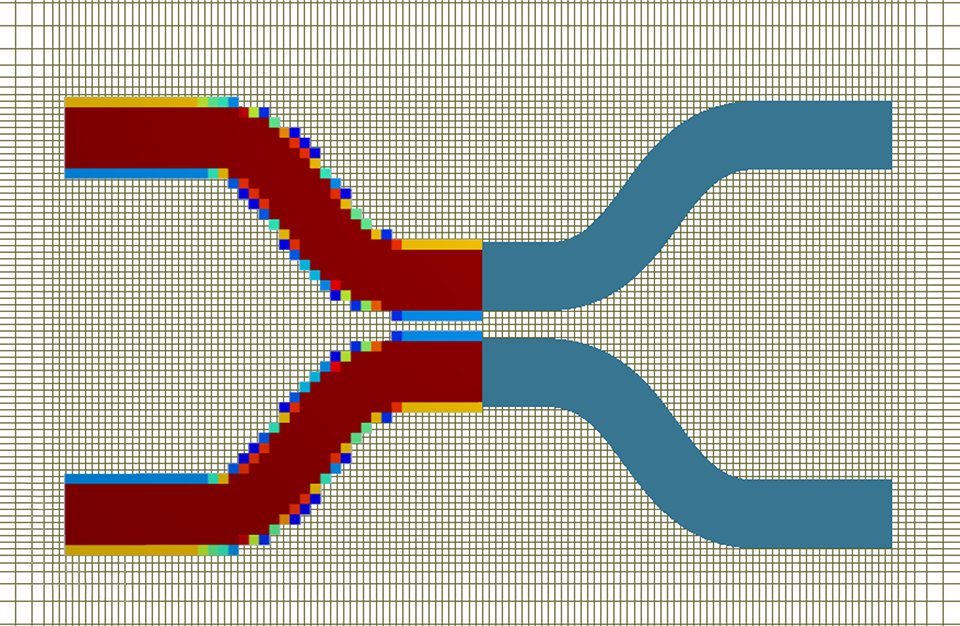
Boundary conditions
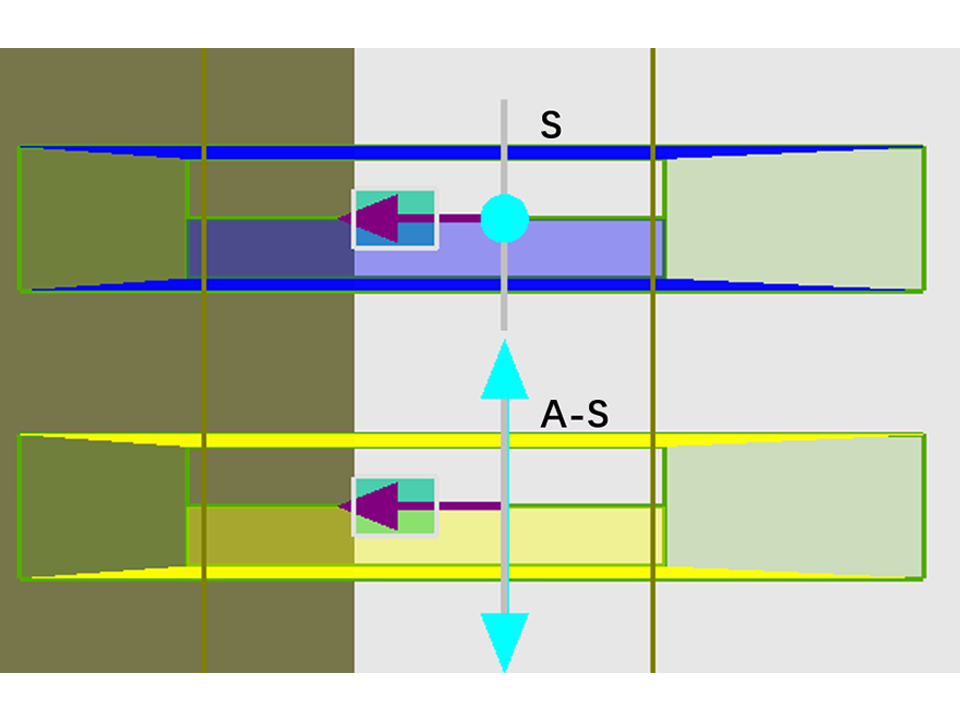
Various sources
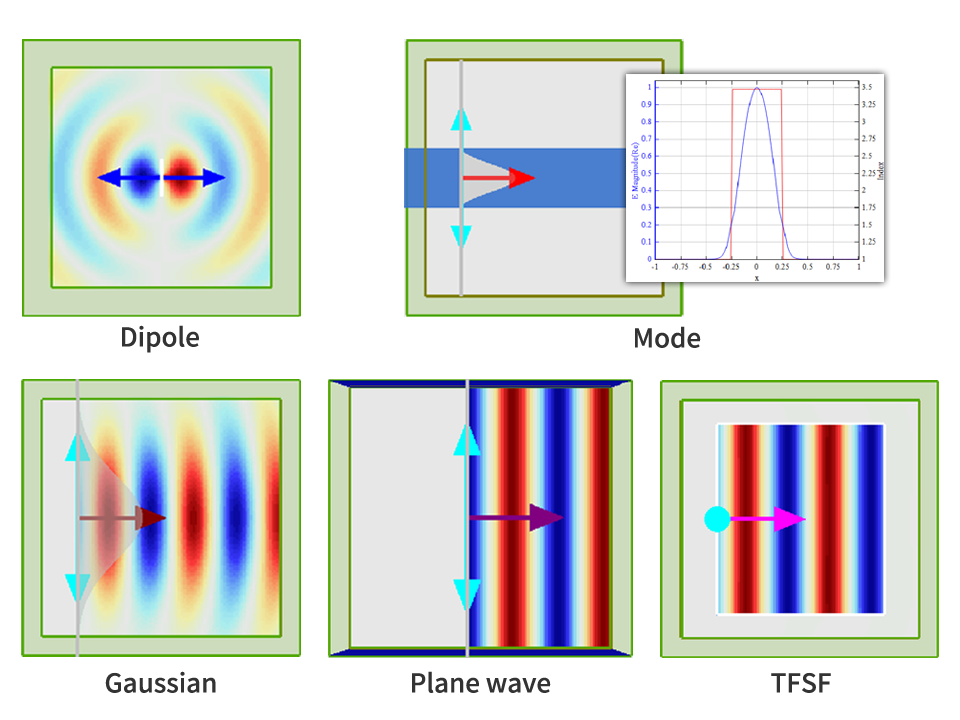
Material

Post process

Sweep and optimization
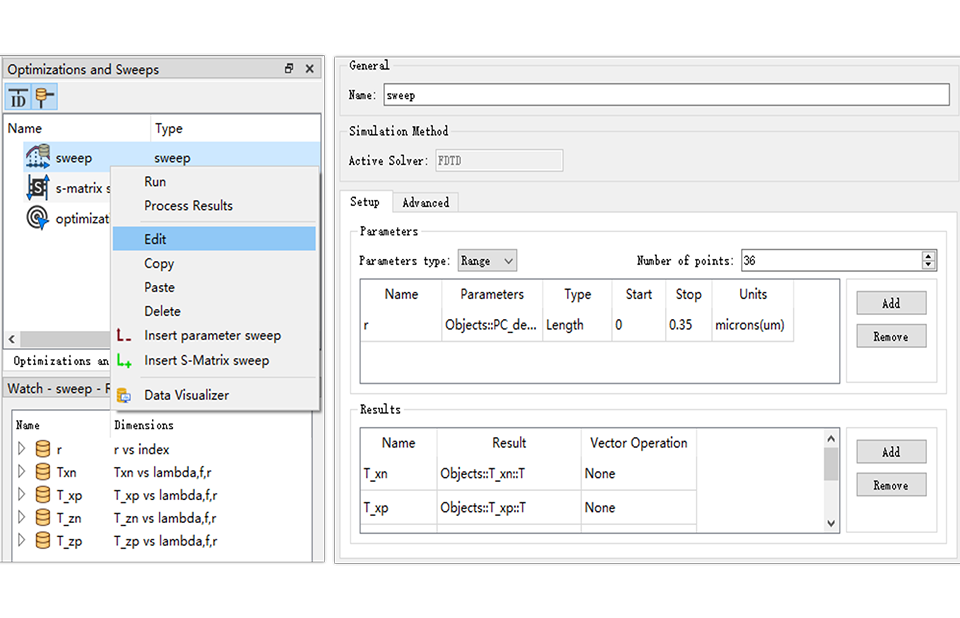
Script control
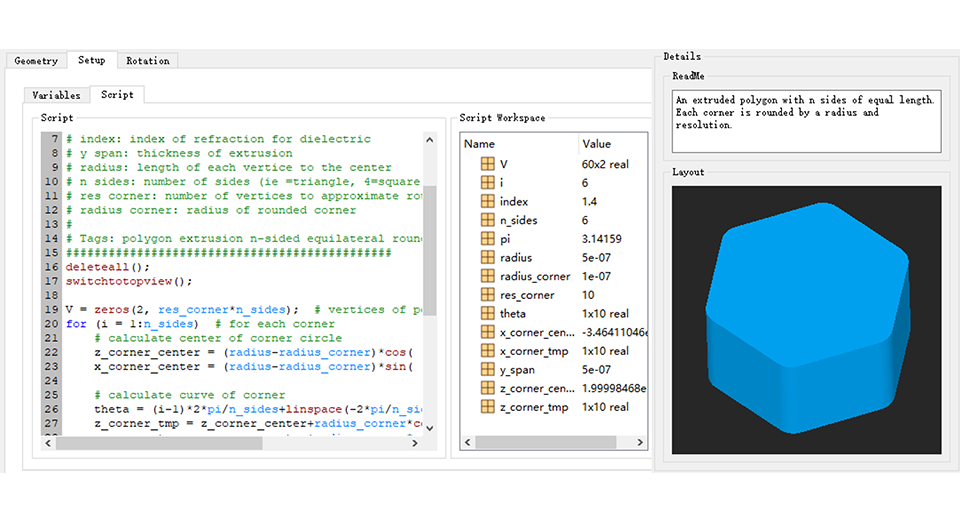
Computing power
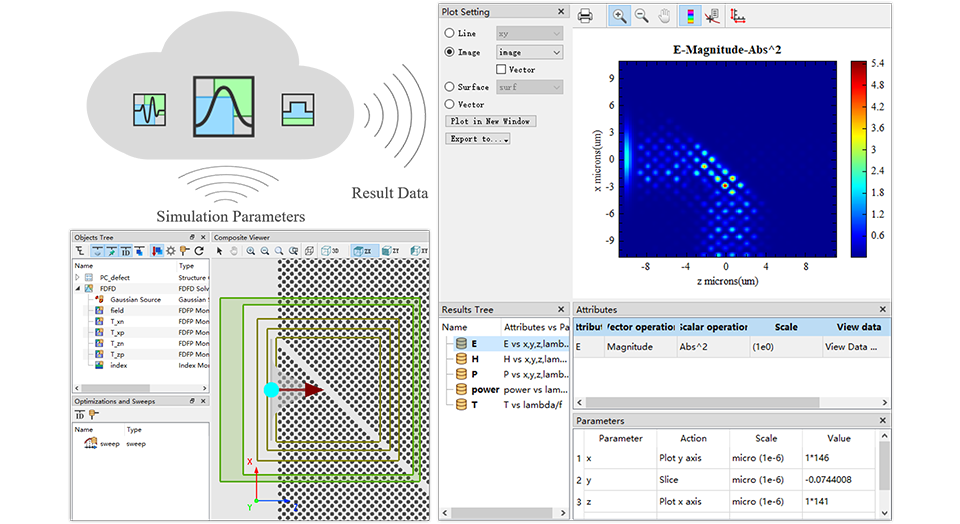
[1] Rumpf, Raymond C et al. “Rigorous electromagnetic analysis of volumetrically complex media using the slice absorption method.” Journal of the Optical Society of America. A, Optics, image science, and vision vol. 24,10 (2007): 3123-34.